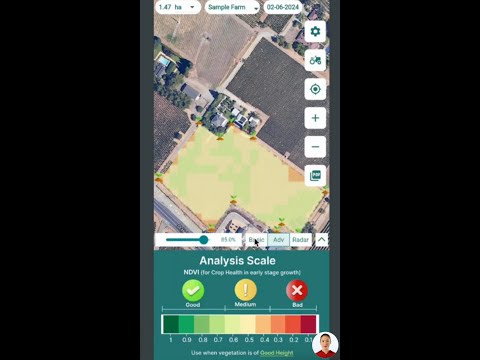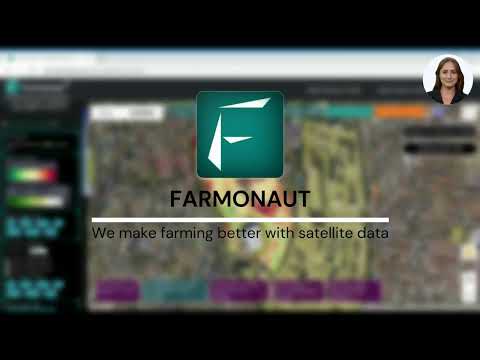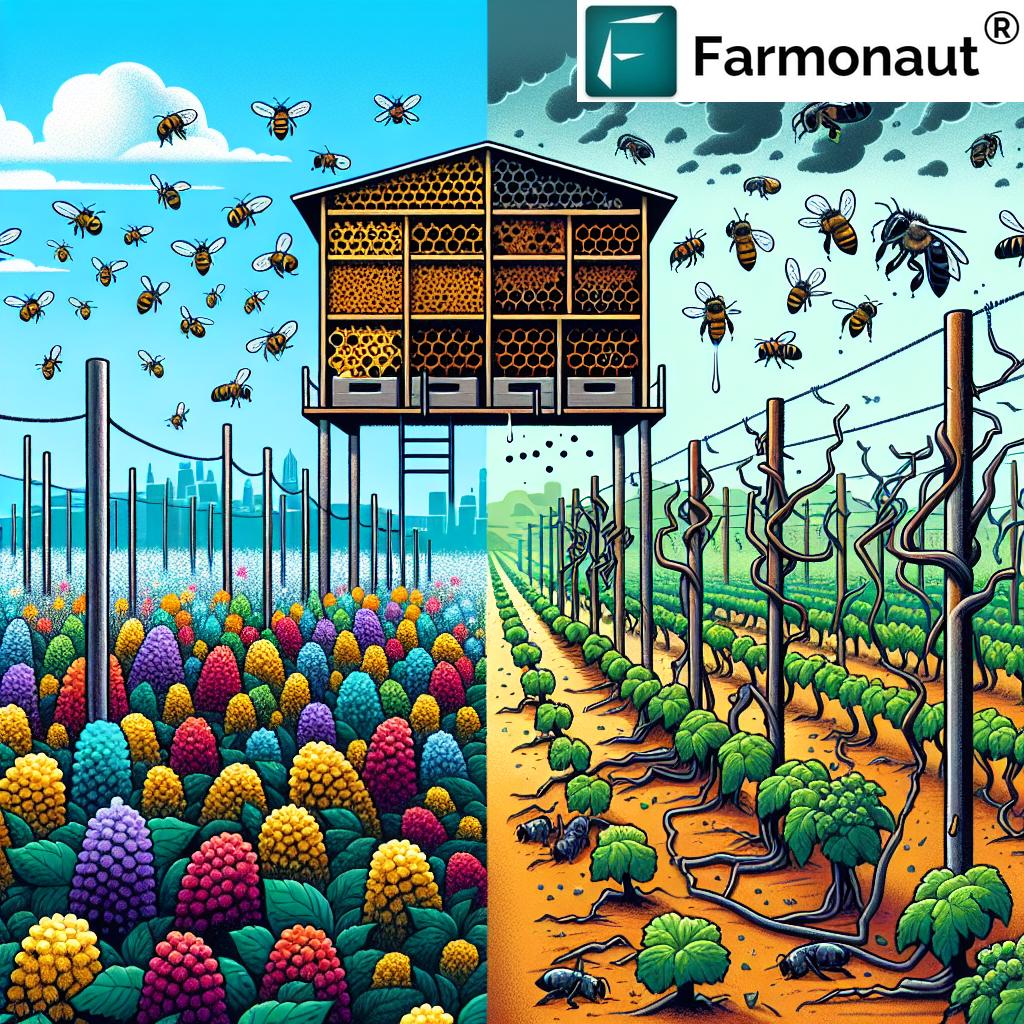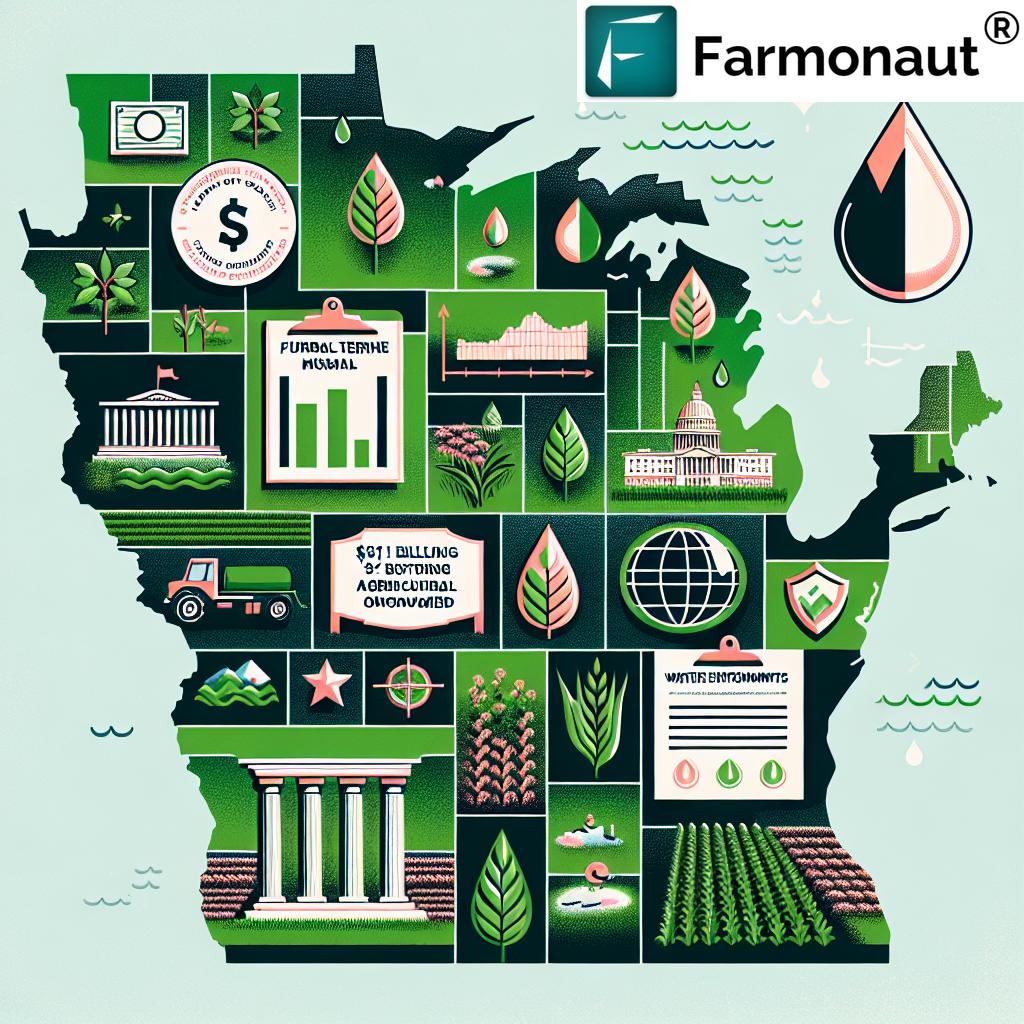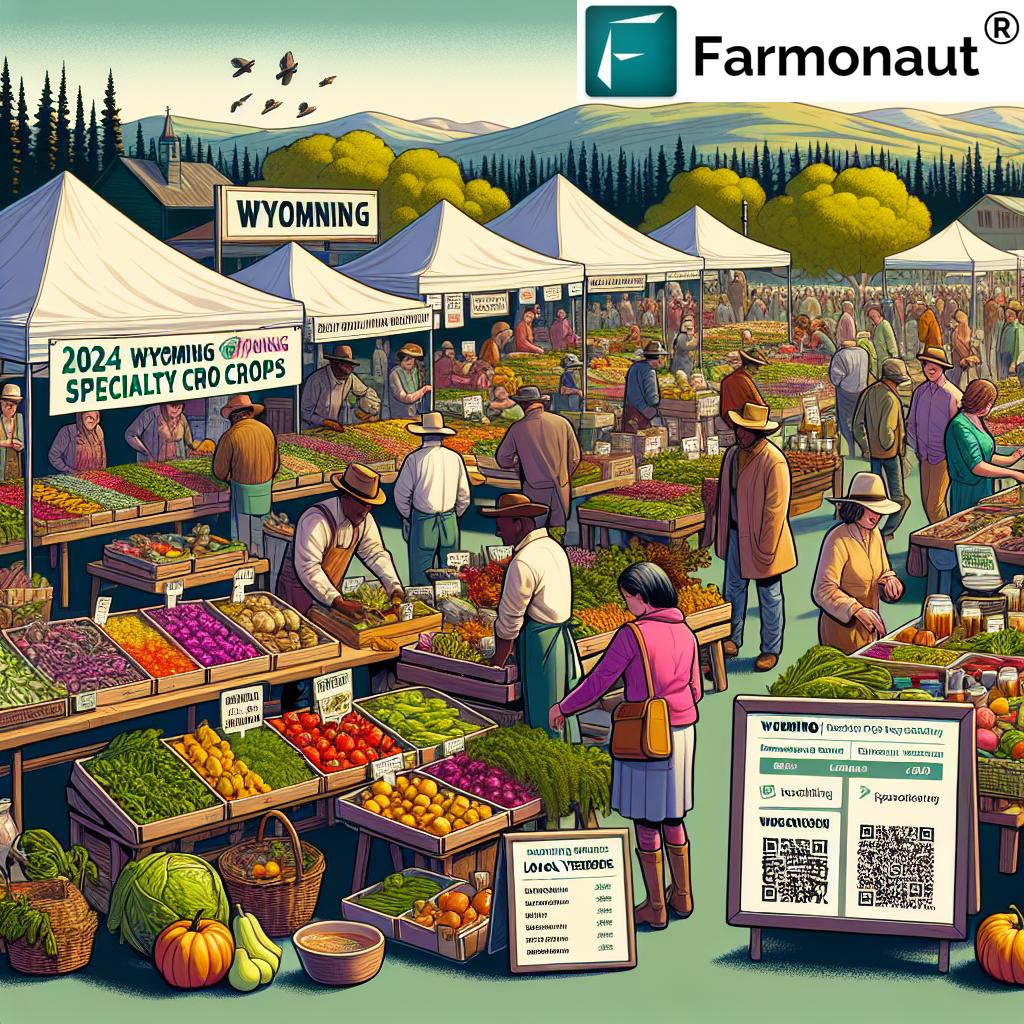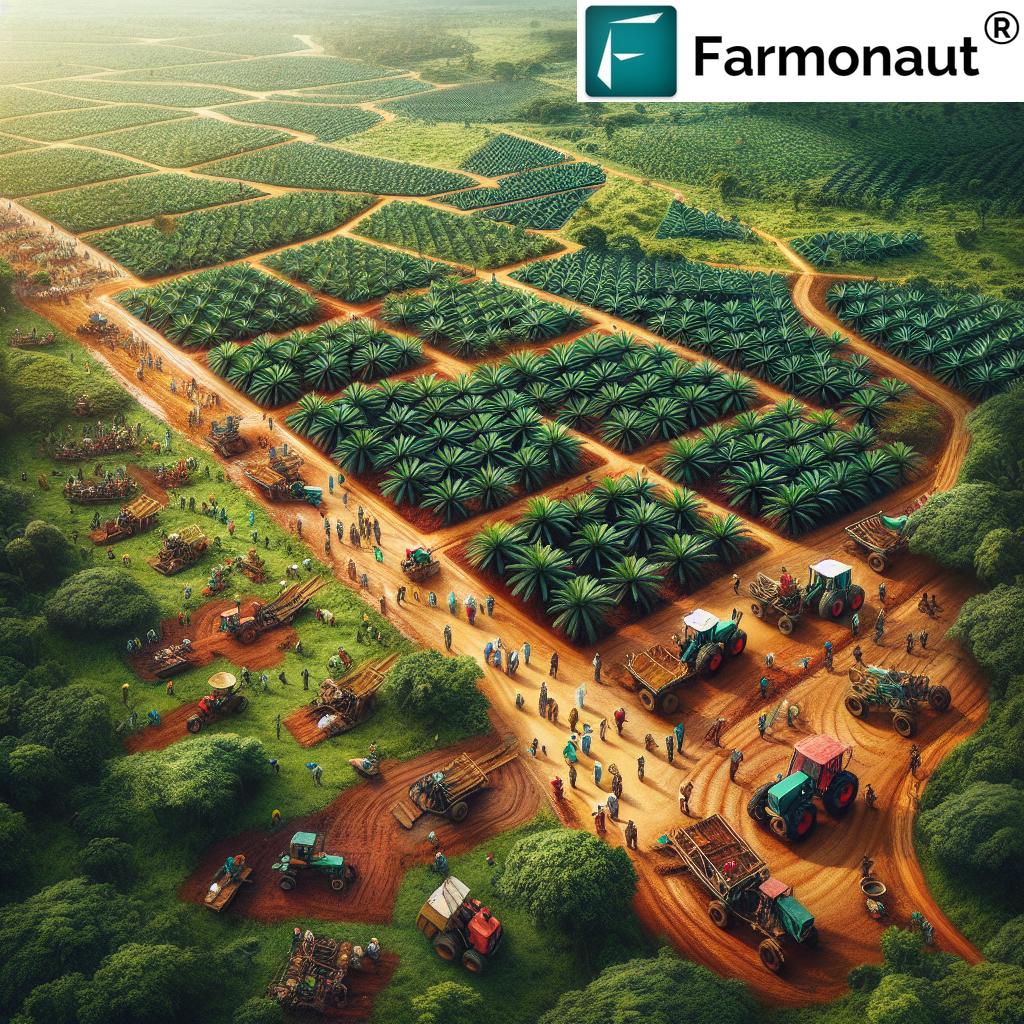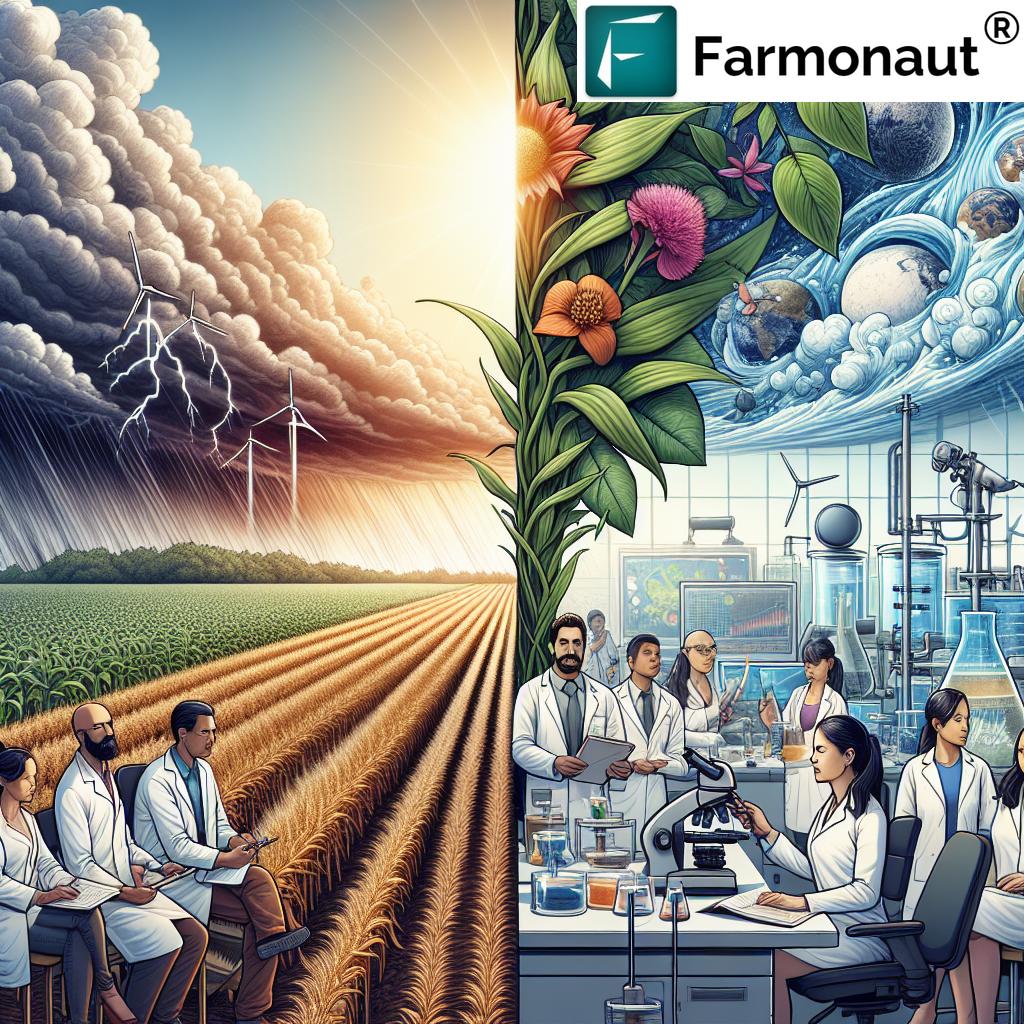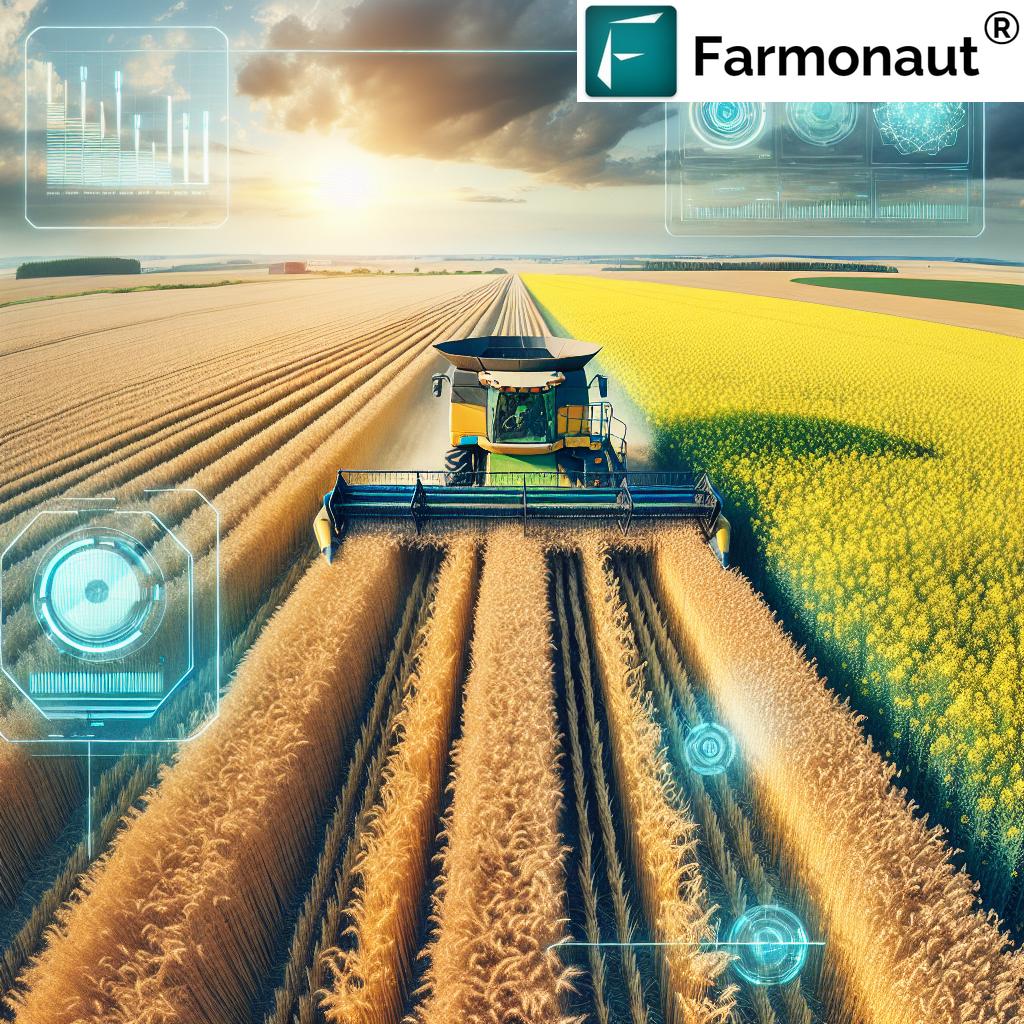Global Milk Production Costs Surge: Analyzing Feed Price Impacts on Dairy Industry 2019-2024
“Global milk production costs have increased by 14% from 2019 to 2024, primarily due to rising feed prices.”
In the dynamic world of agriculture, few sectors have experienced as significant a transformation in recent years as the global dairy industry. We, at Farmonaut, have been closely monitoring these changes, particularly the surge in milk production costs and its far-reaching implications. Today, we’re diving deep into a comprehensive analysis of how feed prices have impacted the dairy industry from 2019 to 2024, drawing insights from the latest RaboResearch report and our own agricultural expertise.
The Rising Tide of Milk Production Costs
The global dairy landscape has witnessed a seismic shift over the past five years. Between 2019 and 2024, the average cost of milk production surged by an astounding 14% across eight leading dairy-producing regions: California, the Upper Midwest, Argentina, Australia, China, Ireland, New Zealand, and the Netherlands. This increase hasn’t been gradual; over 70% of this cost surge occurred since 2021, painting a picture of rapid and significant change in the industry.
Several factors have contributed to this dramatic rise:
- Soaring feed and fertilizer costs
- Increased transportation expenses
- The ongoing Russia-Ukraine conflict
- Adverse weather conditions affecting crop yields
- Global trade disruptions
- Migrant labor shortages
- Rising interest rates
At the heart of this cost surge lies the most significant contributor: feed prices. According to Emma Higgins, senior agriculture analyst at RaboResearch, feed costs have been the primary driver of the overall increase, with average feed bills in these regions rising by a staggering 19% from 2019 to 2024.
Pasture-Based vs. Confined Dairy Systems: A Cost Comparison
One of the most intriguing aspects of this global trend is the stark contrast between pasture-based and confined dairy systems. Dairy producers with access to pasture grazing generally incur lower production costs due to their reduced reliance on manufactured feed. Let’s break down this comparison:
Pasture-Based Systems:
- Prevalent in: New Zealand, Ireland, and the Netherlands
- Approximate feed cost allocation: 30% of total milk production costs
- Advantages: Lower overall production costs, more sustainable practices
Confined Dairy Systems:
- Common in: United States and China
- Approximate feed cost allocation: 55% of total milk production costs
- Challenges: Higher vulnerability to feed price fluctuations
This disparity highlights the importance of farming systems in determining overall production costs and resilience to market fluctuations. At Farmonaut, we recognize the value of data-driven insights in helping farmers make informed decisions about their production methods.
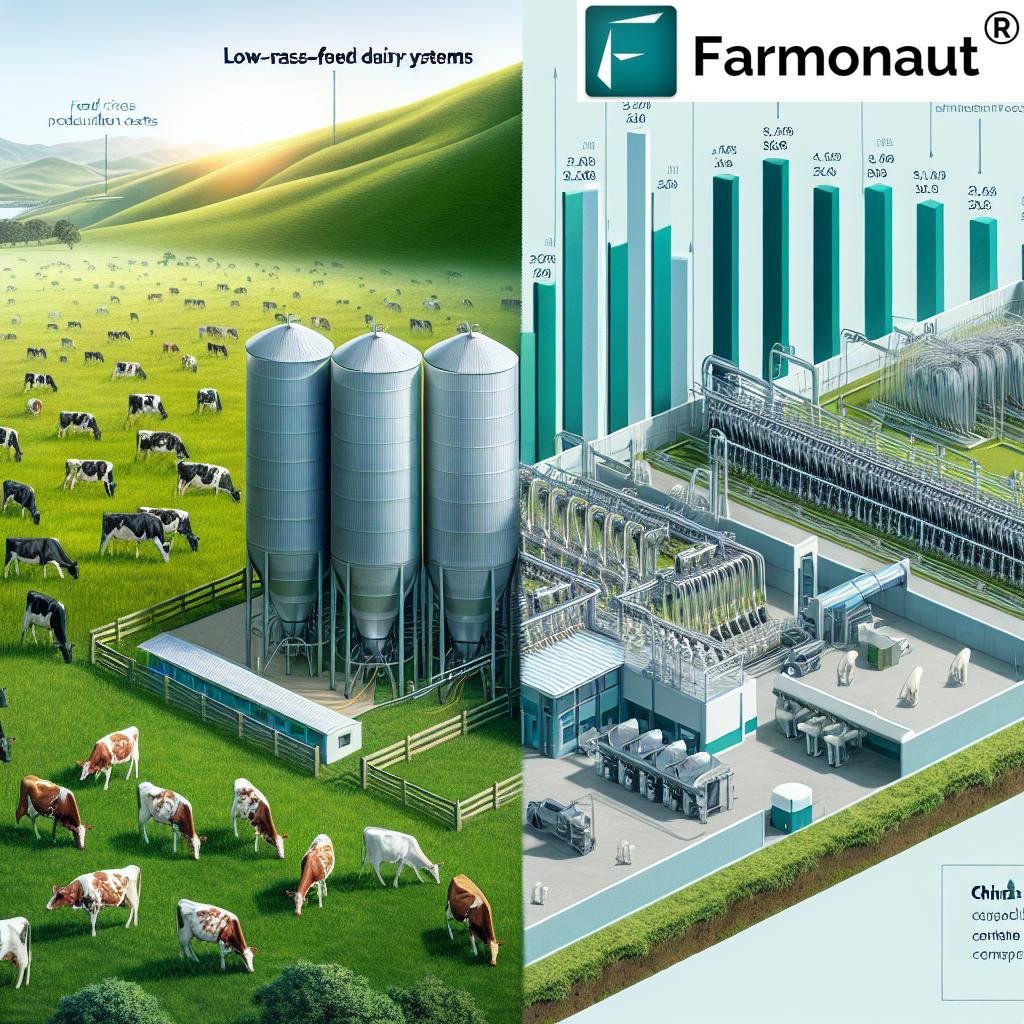
China: A Case Study in High Feed Costs
“Feed costs account for up to 64% of total milk production costs in China, with an average increase of 19%.”
China presents a fascinating case study in the global dairy landscape. In 2024, China led the pack with a staggering 64% of its total milk production costs attributed to feed. This figure, while slightly decreased from the previous year, still represents a significant portion of production expenses. The high reliance on feed in China’s dairy industry can be attributed to several factors:
- Limited pasture availability in many dairy-producing regions
- Rapid expansion of large-scale, intensive dairy farms
- Increasing demand for high-quality dairy products
- Challenges in domestic feed production
Despite these challenges, recent trends show a positive shift. In 2024, China witnessed a 13% reduction in feed costs, signaling improvements in domestic feed production and potentially more competitive milk prices on the global market.
The United States: Regional Disparities in Feed Costs
The United States, another major player in global dairy production, presents an interesting study in regional disparities. Two key regions stand out: California and the Upper Midwest.
California:
- Feed cost allocation: 56% of total milk production costs (2024)
- Notable trend: Experienced the most significant reduction in feed costs in 2024, falling nearly 30% compared to the previous year
Upper Midwest:
- Advantage: Proximity to large corn and soybean agricultural areas
- Result: Consistently lower feed bills compared to California
Over the past five years, Californian feed expenses averaged over 20% higher than those in the Upper Midwest. This disparity underscores the importance of location and access to feed sources in determining production costs.
Global Feed Price Trends: A Shift Towards Affordability
While the overall trend from 2019 to 2024 shows an increase in feed costs, recent developments paint a more optimistic picture for dairy producers. In 2024, we’ve observed a shift towards more affordable global feed prices. This positive change can be attributed to several factors:
- Excellent crop yields in major producing regions
- Favorable weather conditions
- Growing stockpiles of feed commodities
- Significant drops in prices for key feed components like corn and soybeans
This trend towards more affordable feed is welcome news for dairy farmers worldwide, potentially easing the pressure on production costs and improving profitability.
At Farmonaut, we understand the critical role that accurate, real-time data plays in agricultural decision-making. Our  provides farmers with valuable insights into crop health and weather patterns, helping them optimize their feed production and resource management.
provides farmers with valuable insights into crop health and weather patterns, helping them optimize their feed production and resource management.
Factors Influencing Future Milk Production Costs
As we look ahead, several key factors will shape the future of milk production costs:
- Feed Commodity Prices: Continued fluctuations in global grain and oilseed markets will directly impact dairy production costs.
- Global Trade Policies: Changes in international trade agreements and tariffs can affect the availability and cost of imported feed.
- Currency Fluctuations: Exchange rate movements can influence the competitiveness of dairy exports and the cost of imported inputs.
- Energy Market Trends: As energy is a significant cost component in both feed production and dairy operations, changes in energy prices will impact overall production costs.
- Dairy Demand Shifts: Changes in global dairy consumption patterns, particularly in major markets like China, will influence production strategies and costs.
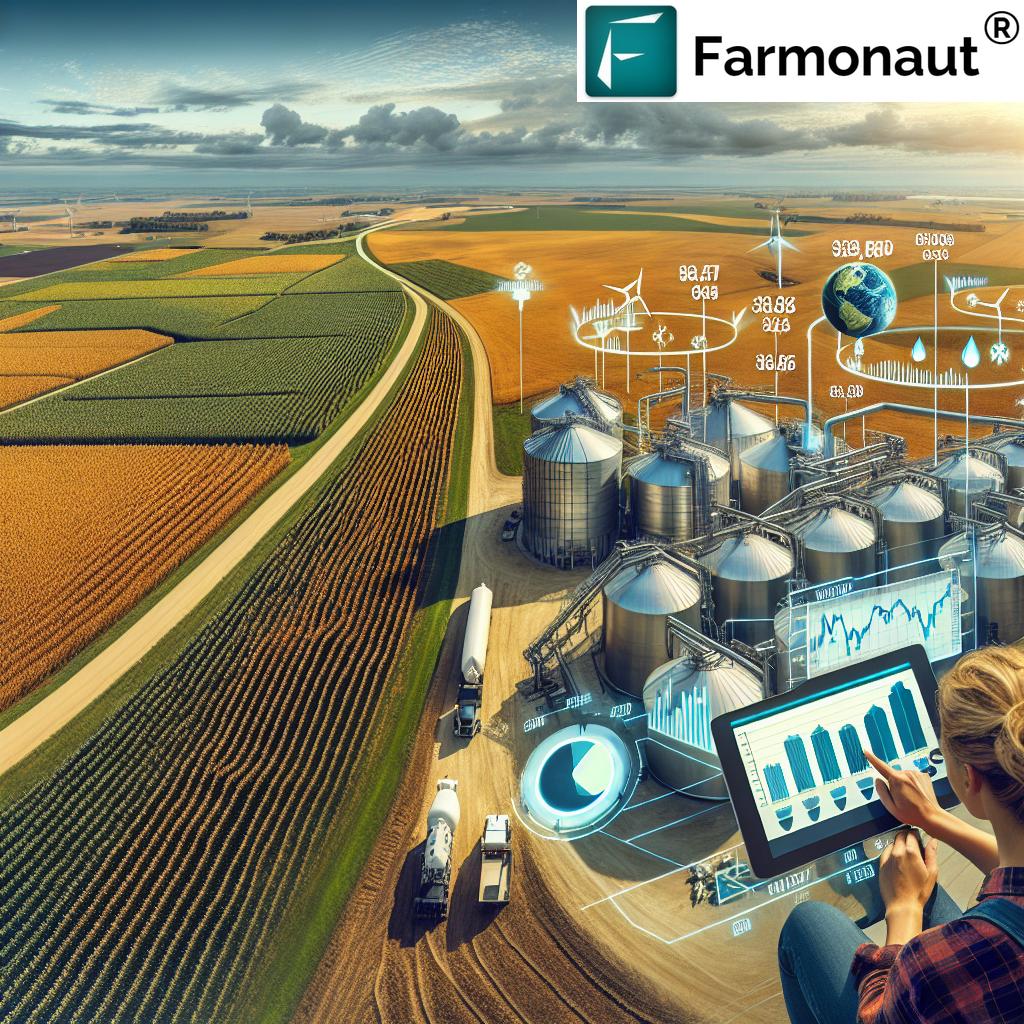
China’s Improving Competitiveness in the Milk Market
Despite having the highest production costs, China has made significant strides in improving its competitiveness in the global milk market. This improvement is attributed to several factors:
- Advancements in domestic feed production
- Increased efficiency in large-scale dairy operations
- Government support for the dairy sector
- Investments in technology and farm management practices
China’s ability to produce milk more cost-effectively while lowering domestic prices has had a ripple effect on global dairy supply and demand dynamics. This shift has led to a downturn in dairy commodity prices as China’s increased self-sufficiency and economic challenges have reduced its demand for imported liquid milk and milk powders.
For farmers looking to stay ahead of these global trends, Farmonaut offers powerful tools through our  and
and  . These apps provide real-time insights into crop health and market trends, empowering farmers to make data-driven decisions.
. These apps provide real-time insights into crop health and market trends, empowering farmers to make data-driven decisions.
Comparative Analysis of Global Milk Production Costs (2019-2024)
| Region/Country | Production System | Feed Costs % (2019) | Feed Costs % (2024) | Avg Feed Price Increase (%) | Total Production Cost Increase (%) |
|---|---|---|---|---|---|
| New Zealand | Pasture-based | 28% | 30% | 15% | 12% |
| Ireland | Pasture-based | 29% | 31% | 16% | 13% |
| Netherlands | Pasture-based | 30% | 32% | 17% | 14% |
| U.S. (California) | Confined | 52% | 56% | 22% | 16% |
| U.S. (Upper Midwest) | Confined | 50% | 54% | 20% | 15% |
| China | Confined | 60% | 64% | 19% | 14% |
This comparative analysis clearly illustrates the stark differences between pasture-based and confined systems, emphasizing how feed costs impact overall production expenses across different regions.
The Role of Technology in Mitigating Feed Cost Challenges
As the dairy industry grapples with fluctuating feed costs, technology emerges as a crucial tool for farmers seeking to optimize their operations. At Farmonaut, we’re at the forefront of this technological revolution in agriculture. Our satellite-based farm management solutions offer invaluable insights that can help dairy farmers make informed decisions about feed production and resource allocation.
Key technological advancements impacting the dairy industry include:
- Precision agriculture techniques for optimizing feed crop yields
- AI-driven feed formulation systems for cost-effective nutrition
- Blockchain-based supply chain management for transparent and efficient feed sourcing
- IoT devices for real-time monitoring of feed inventory and quality
By leveraging these technologies, dairy farmers can better navigate the challenges posed by volatile feed prices and maintain profitability in an ever-changing market landscape.
Sustainable Practices: Balancing Cost and Environmental Concerns
As the dairy industry seeks to address rising production costs, there’s an increasing focus on sustainable practices that can both reduce expenses and minimize environmental impact. Some key strategies include:
- Implementing rotational grazing to optimize pasture use and reduce feed costs
- Investing in renewable energy sources to lower operational expenses
- Adopting water conservation techniques to reduce resource usage and costs
- Exploring alternative feed sources that are both cost-effective and environmentally friendly
At Farmonaut, we’re committed to supporting sustainable agriculture through our innovative technologies. Our API and API Developer Docs provide developers and agribusinesses with the tools to create custom solutions that promote sustainability in dairy farming.
Global Market Dynamics: Impact on Dairy Prices
The surge in milk production costs and the shifting dynamics of feed prices have significant implications for global dairy markets. Key trends include:
- Increased volatility in dairy commodity prices
- Shifts in global trade patterns as countries adjust to changing production costs
- Growing emphasis on local production to mitigate transportation costs and supply chain risks
- Emergence of new market players as traditional exporters face cost pressures
These market dynamics underscore the importance of staying informed and adaptable in the face of changing global conditions. Farmonaut’s suite of tools, including our mobile apps and web platform, provide farmers with the insights they need to navigate these complex market trends successfully.
Looking Ahead: Strategies for Dairy Farmers
As we look to the future of the dairy industry, several strategies emerge for farmers seeking to thrive amidst changing cost structures:
- Diversification: Consider incorporating alternative revenue streams to offset potential volatility in milk prices.
- Technology Adoption: Embrace precision farming techniques and data-driven decision-making to optimize resource use.
- Sustainability Focus: Implement environmentally friendly practices that can also lead to cost savings.
- Collaboration: Explore partnerships with other farmers or cooperatives to achieve economies of scale.
- Continuous Education: Stay informed about market trends, new technologies, and best practices in dairy farming.
For those looking to enhance their farm management practices, Farmonaut offers comprehensive solutions through our platform. We invite you to explore our subscription options:
Conclusion: Navigating the Future of Dairy Production
The global surge in milk production costs, driven primarily by rising feed prices, presents both challenges and opportunities for the dairy industry. As we’ve explored, factors such as production systems, regional disparities, and global market dynamics all play crucial roles in shaping the industry’s landscape.
While the road ahead may seem uncertain, it’s clear that adaptability, technological innovation, and a focus on sustainability will be key to success in the evolving dairy market. By staying informed, embracing new technologies, and implementing strategic management practices, dairy farmers can position themselves to thrive in this dynamic environment.
At Farmonaut, we’re committed to supporting farmers through this journey with our cutting-edge agricultural technology solutions. Together, we can build a more resilient, efficient, and sustainable dairy industry for the future.
Earn With Farmonaut: Affiliate Program
Earn 20% recurring commission with Farmonaut’s affiliate program by sharing your promo code and helping farmers save 10%. Onboard 10 Elite farmers monthly to earn a minimum of $148,000 annually—start now and grow your income!
FAQ Section
- Q: What is the main factor driving the increase in global milk production costs?
A: The primary driver of increased milk production costs is the rise in feed prices, which have grown by an average of 19% from 2019 to 2024. - Q: How do pasture-based and confined dairy systems differ in terms of feed costs?
A: Pasture-based systems typically allocate about 30% of total production costs to feed, while confined systems in countries like the U.S. and China allocate around 55% to feed costs. - Q: Which country has the highest percentage of production costs attributed to feed?
A: China leads with 64% of its total milk production costs attributed to feed in 2024. - Q: How have recent trends affected global feed prices?
A: Recent trends show a shift towards more affordable global feed prices, supported by excellent crop yields, favorable weather, and growing stockpiles. - Q: What role does technology play in addressing feed cost challenges?
A: Technology, such as precision agriculture techniques, AI-driven feed formulation systems, and blockchain-based supply chain management, helps optimize feed production and resource allocation, potentially reducing costs.
We hope this comprehensive analysis has provided valuable insights into the complex relationship between feed costs and milk production in the global dairy industry. For more information on how Farmonaut can help you optimize your agricultural operations, please visit our website or contact our team of experts.


